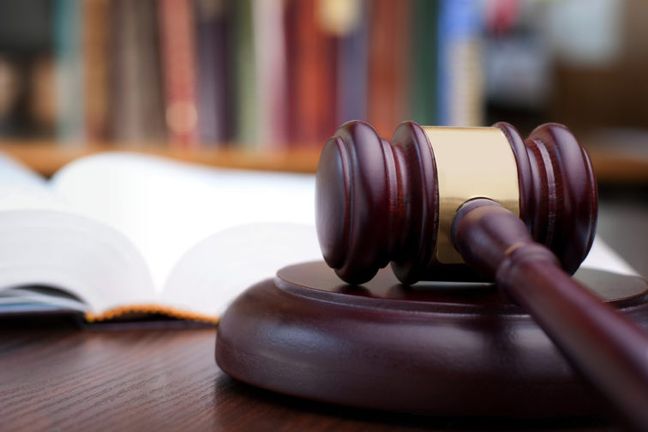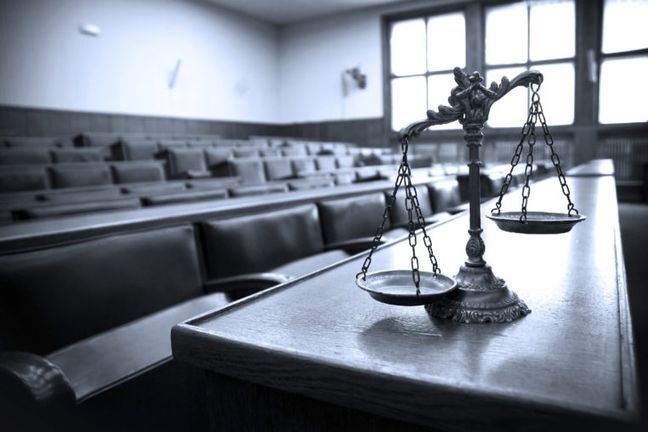Your trial may have just ended, but the fun does not stop there. Before you can put your case to bed, you must first consider several procedural processes you could be facing.
Phase One: Turning a Verdict into a Judgment
Pursuant to California Code of Civil Procedure section 664[1], the verdict is not effective until judgment is entered. Judgment must be entered within 24 hours after rendition of the verdict. However, under section 628, where a special verdict is involved, the trial court may either order judgment entered immediately, or reserve the matter for argument or further consideration.
There are some substantive issues to consider. The most common issue in a personal injury action is likely the calculation of credits and offsets from prior settlements with other co-defendants. When plaintiff settles with some defendants in good faith and proceeds to verdict against the other defendants, the non-settling defendants are entitled to a reduction of their damages by the dollar amount of their settlement (or settlements). (§ 87, subd. (a).) Portions of a good faith settlement that settle a prospective wrongful death claim, or the injured person’s spouse’s loss of consortium claim, are not to be offset against a non-settling defendant’s liability, even for economic damages. (Jones v. John Crane, Inc. (2005) 132 Cal.App.4th, 990.)
Further, Civil Code section 1431.2, limits the liability of a public entity and other defendant by prohibiting joint and several liability for noneconomic damages in any action for personal injury, property damage, or wrongful death, based upon principles of comparative fault. In any action for personal injury, property damage, or wrongful death, based upon principles of comparative fault, the liability of each defendant for non-economic damages shall be several only and not joint. Each defendant shall be liable only for the amount of non-economic damages allocated to that defendant in direct proportion to the defendant’s percentage of fault, and a separate judgment shall be rendered against the defendant for that amount. (Civ Code § 1431.2, subd. (a).)
Phase Two: Entry of Judgment to Post-Trial Motions
Under California law, a party must file a notice of intention to move for a new trial within 15 days after service of notice of entry of judgment. (§ 659.) The notice must state all grounds for the motion and must also state whether the motion is based on affidavits or the minutes of the court, or both. The moving party has 10 days after filing the notice of intention to file a supporting memorandum of points and authorities and any affidavits that may be needed to support the motion. The responding party then has 10 days after service to file an opposition. (§ 659, subd. (a).) Motions for Judgment Notwithstanding the Verdict (JNOV) must be filed within fifteen days after the service of notice of entry of the judgment. (§§ 629, 659.) The court’s jurisdiction to rule on a motion for new trial or a motion for JNOV expires sixty days after the court clerk mails notice of entry of judgment, or sixty days after service on the moving party by any other party of the notice of entry of judgment, whichever is earlier. (§ 660.)
The sole ground for a JNOV motion is the evidence admitted at trial is legally insufficient to support the verdict. The grounds for a motion for a new trial are much broader. Pursuant to section 657, the grounds for a new trial are: (1) irregularity in the proceedings which deprived the moving party of a fair trial; (2) juror misconduct; (3) accident or surprise ordinary prudence could not have guarded against; (4) newly discovered evidence; (5) excessive or inadequate damages; (6) insufficiency of the evidence or a decision against law; and (7) errors in law occurring at trial and excepted by the moving party.
Phase Three: Strategic Considerations
Always make a motion for a new trial as an alternative to your motion for JNOV. The court could grant both motions, which could serve as a safety net in the event your JNOV motion is reversed. When there is a verdict awarding both compensatory and punitive damages, the court may grant a partial JNOV in defendant’s favor on the punitive damages portion if there is no substantial evidence to support a punitive damages award. (Beavers v. Allstate Ins. Co. (1990) 225 Cal.App.3d 310, 323.)
It is vital to a successful appeal to preserve the record after a verdict and judgment. It is essential that post-trial motions be carefully drafted to preserve appellate arguments. These motions are the parties’ final opportunity to supplement or create further record for review.
Conclusion
You must turn your verdict into a judgment. Once the verdict becomes a judgment, you may want to consider (or could be facing) a motion for new trial, JNOV or both. Be sure to pay attention to timing requirements and work to preserve the record.
[1] All further statutory references are to the Code of Civil Procedure unless otherwise indicated

 Author: Christopher Schon
Author: Christopher Schon
 Cannabis Workers Allege Quota to Trim 4 Pounds a Day Violates the California Labor Code
Cannabis Workers Allege Quota to Trim 4 Pounds a Day Violates the California Labor Code
 The Ninth Circuit Reminds Us: Every Word Matters
The Ninth Circuit Reminds Us: Every Word Matters
 NO WAY, PRO SE! The Consequences of Abusing the Judicial System as a Pro Se Litigant in Colorado
NO WAY, PRO SE! The Consequences of Abusing the Judicial System as a Pro Se Litigant in Colorado
 Victim of Financial Mismanagement or Unlawful Retaliation? New Jersey City University Program Founder Claims School Retaliated After Reporting Alleged Sexual Harassment
Victim of Financial Mismanagement or Unlawful Retaliation? New Jersey City University Program Founder Claims School Retaliated After Reporting Alleged Sexual Harassment
 “Real Housewives” Gets a Reality Check
“Real Housewives” Gets a Reality Check
 Missing a Chapter: Insufficiency of Expert Deposition Testimony in Medical Malpractice Litigation
Missing a Chapter: Insufficiency of Expert Deposition Testimony in Medical Malpractice Litigation
 Crash Course: Why Summary Judgment Misses the Mark in Illinois Multi-Cause Limousine Crash Collision
Crash Course: Why Summary Judgment Misses the Mark in Illinois Multi-Cause Limousine Crash Collision
 Bitter Truths: Lead, Cadmium, and Defective Pleadings in California Chocolate Class Action
Bitter Truths: Lead, Cadmium, and Defective Pleadings in California Chocolate Class Action
 The Law of Unintended Consequences: Including Insurance Brokers in Litigation Strategy Communication May Waive the Attorney-Client Privilege
The Law of Unintended Consequences: Including Insurance Brokers in Litigation Strategy Communication May Waive the Attorney-Client Privilege
 Protecting Your Client by Way of a Protective Order
Protecting Your Client by Way of a Protective Order
 Survival Actions in California: When a Tortious Act Causes Death, Who Can Recover What?
Survival Actions in California: When a Tortious Act Causes Death, Who Can Recover What?
 Review of Recoverable Damages in Wrongful Death Actions in California
Review of Recoverable Damages in Wrongful Death Actions in California
 Going the Distance with Requests for Admissions
Going the Distance with Requests for Admissions
 California’s Post-Judgment Satisfaction Procedure
California’s Post-Judgment Satisfaction Procedure
 Defending the Mild Traumatic Brain Injury Case in California
Defending the Mild Traumatic Brain Injury Case in California
 Using the Sword – Offers of Judgment in Nevada
Using the Sword – Offers of Judgment in Nevada
 Tis’ the Season for Social Host Liability in California
Tis’ the Season for Social Host Liability in California